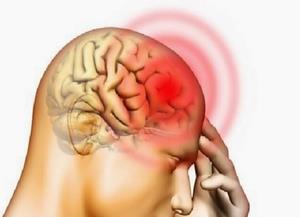
New Technique Identifies Pathological Abnormalities In Motor Neurone Disease
The findings by researchers from the University of Birmingham in the UK could lead to a better understanding of the brain changes that cause MND and potentially pave the way for new treatments.
MND is a debilitating muscle-wasting condition caused by the brain's motor neurons failing to send signals to muscles, resulting in weakness. Currently, there is no cure.
The new technique, called native ambient mass spectrometry (NAMS), allows researchers to examine specific proteins in their native state directly from brain and spinal cord tissue samples. This method provides unprecedented detail in studying the structure of proteins concerning their location within the tissue.
The researchers identified a metal deficiency in a protein known as SOD1. They demonstrated that this deficiency causes the protein to accumulate in specific regions of the brain and spinal cord in mice with MND. While SOD1 has previously been implicated in motor neurone disease, this is the first time detailed molecular imaging has shown how metal-deficient versions of the protein accumulate in affected areas.
“This approach is the first to show that this form of SOD1 correlates with the pathology of motor neurone disease,” said Helen Cooper, lead researcher at Birmingham's School of Biosciences.
“It's a very early step towards finding treatments for MND and is also an exciting new route for understanding the molecular basis of other diseases in unprecedented detail,” Cooper added.
MND is a relatively rare condition that is most common in people over 50. However, it can affect adults of any age.
The lifetime risk of a person developing MND is one in 300.
The next steps for the researchers include testing whether the same imbalances are present in human tissue samples and attempting to treat the imbalance in mice using available drug compounds.

Legal Disclaimer:
MENAFN provides the information “as is” without warranty of any kind. We do not accept any responsibility or liability for the accuracy, content, images, videos, licenses, completeness, legality, or reliability of the information contained in this article. If you have any complaints or copyright issues related to this article, kindly contact the provider above.






















Comments
No comment